The Okavango Delta in northern Botswana, covers 20,000 square kilometres and is the largest inland delta in the world. Flowing for approximately 300 kilometres from the pan handle in the north to the Thamalakane River in the south, the water is crystal clear, naturally filtered by the sand and aquatic vegetation that forms the delta’s basin.
The delta is a natural phenomenon and is relatively young in geological terms. The source of this African oasis is in Angola, entering Botswana 1,600 kilometres later as the Okavango River. Here the fate of the flow is determined by a series of parallel fault lines. As it passes over the first, it splits and fans into a number of waterways and channels that from space look like the fingers of a giant hand. The second and third fault lines act as a natural bund guiding the flow down their length until reaching Maun.
The view from the air is one of breathtaking magnificence, a maze of meandering channels, papyrus reed walls and intermittent palm islands - a paradise encircled by the sands of the Kalahari. This dynamic ecosystem, in which today’s channels may be the islands of tomorrow, provides a permanent and seasonal home to prolific bird and wildlife. Spectacular herds of elephant roam, buffalo graze, antelope species congregate under the watchful eye of predators such as lion, hyena, leopard and the less common cheetah and wild dog. This is a truly remarkable area for bird watching, game viewing and photography.

